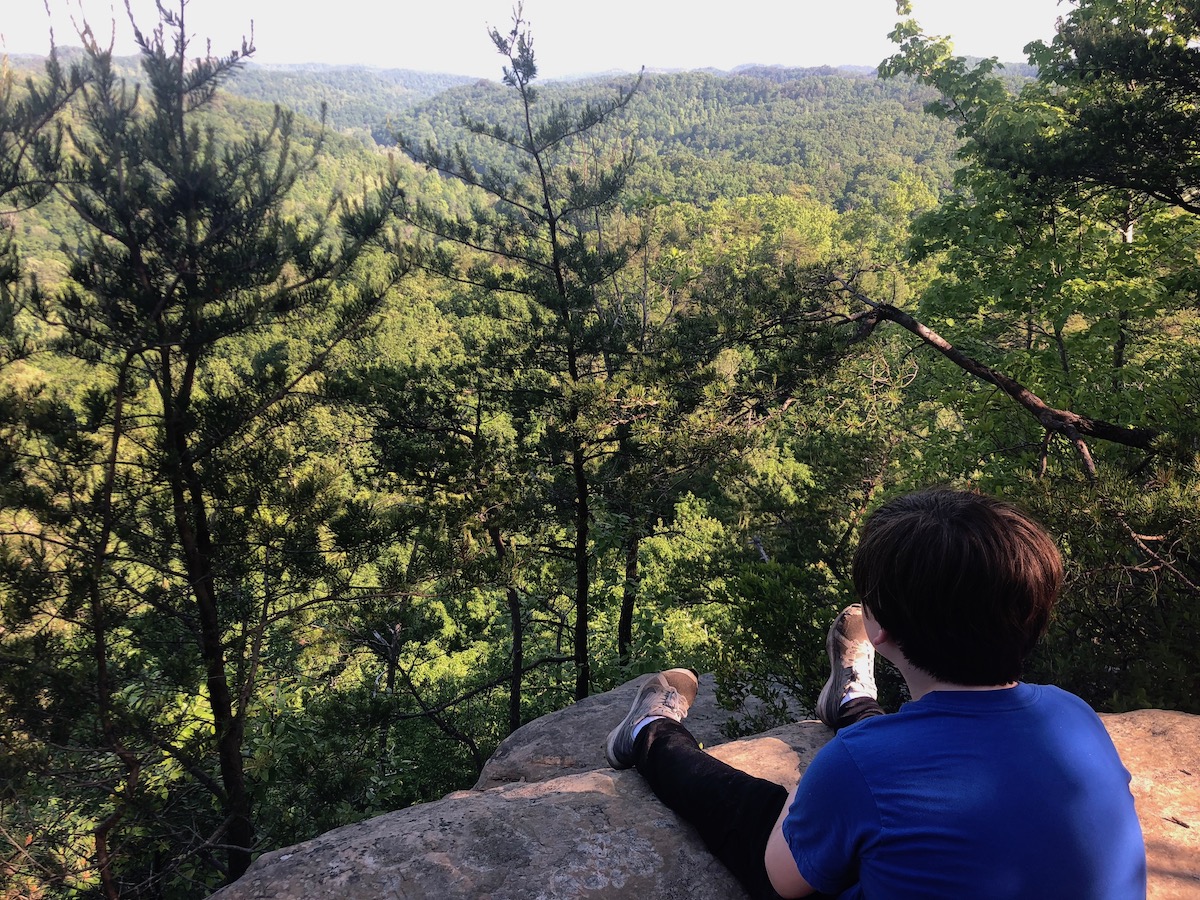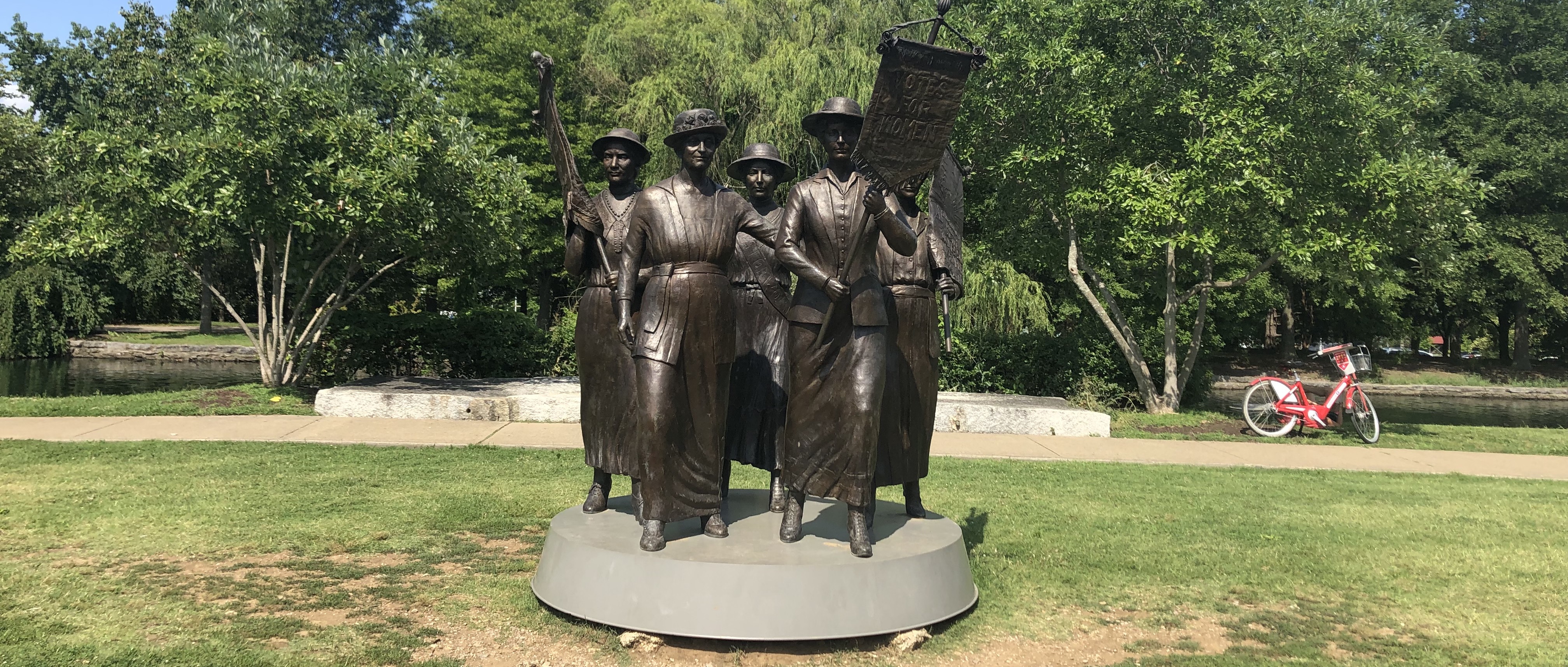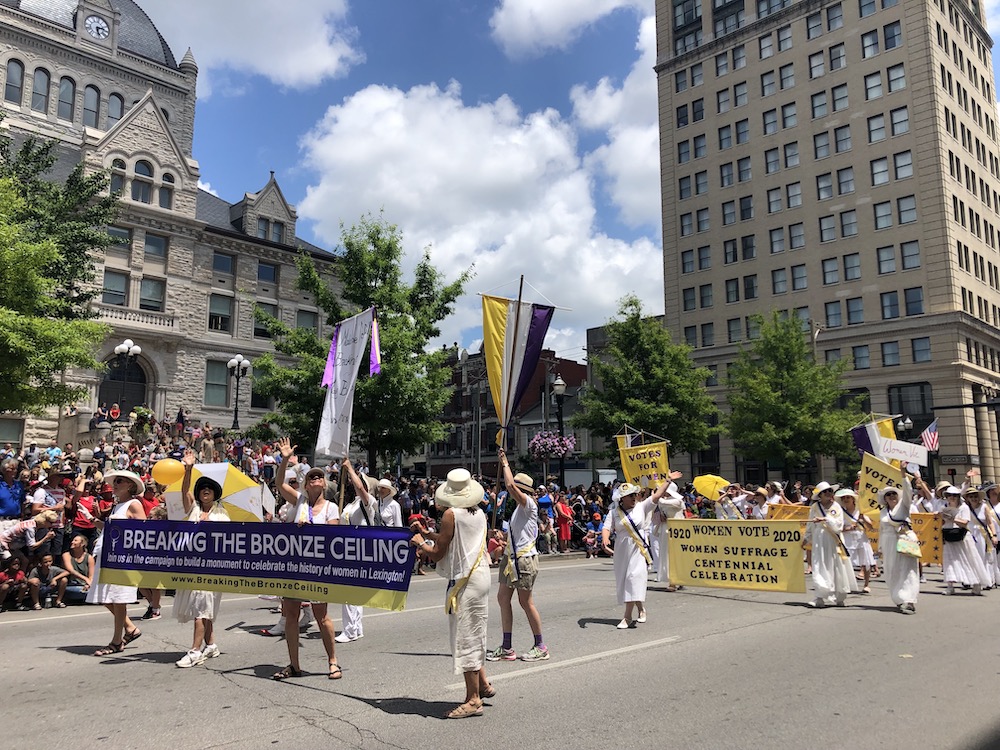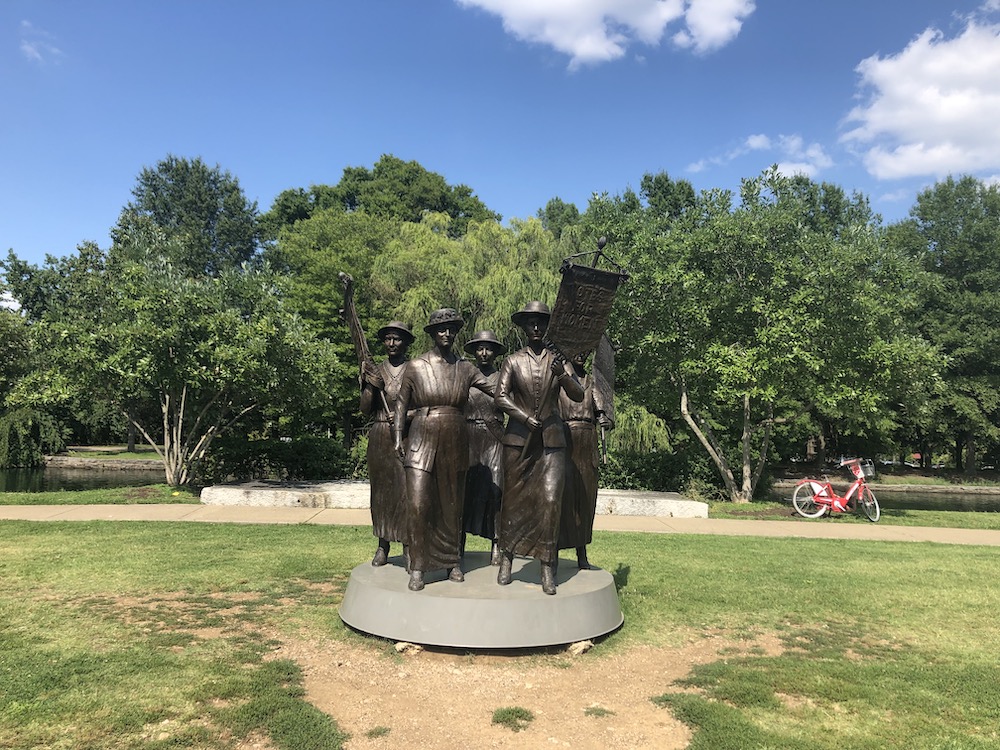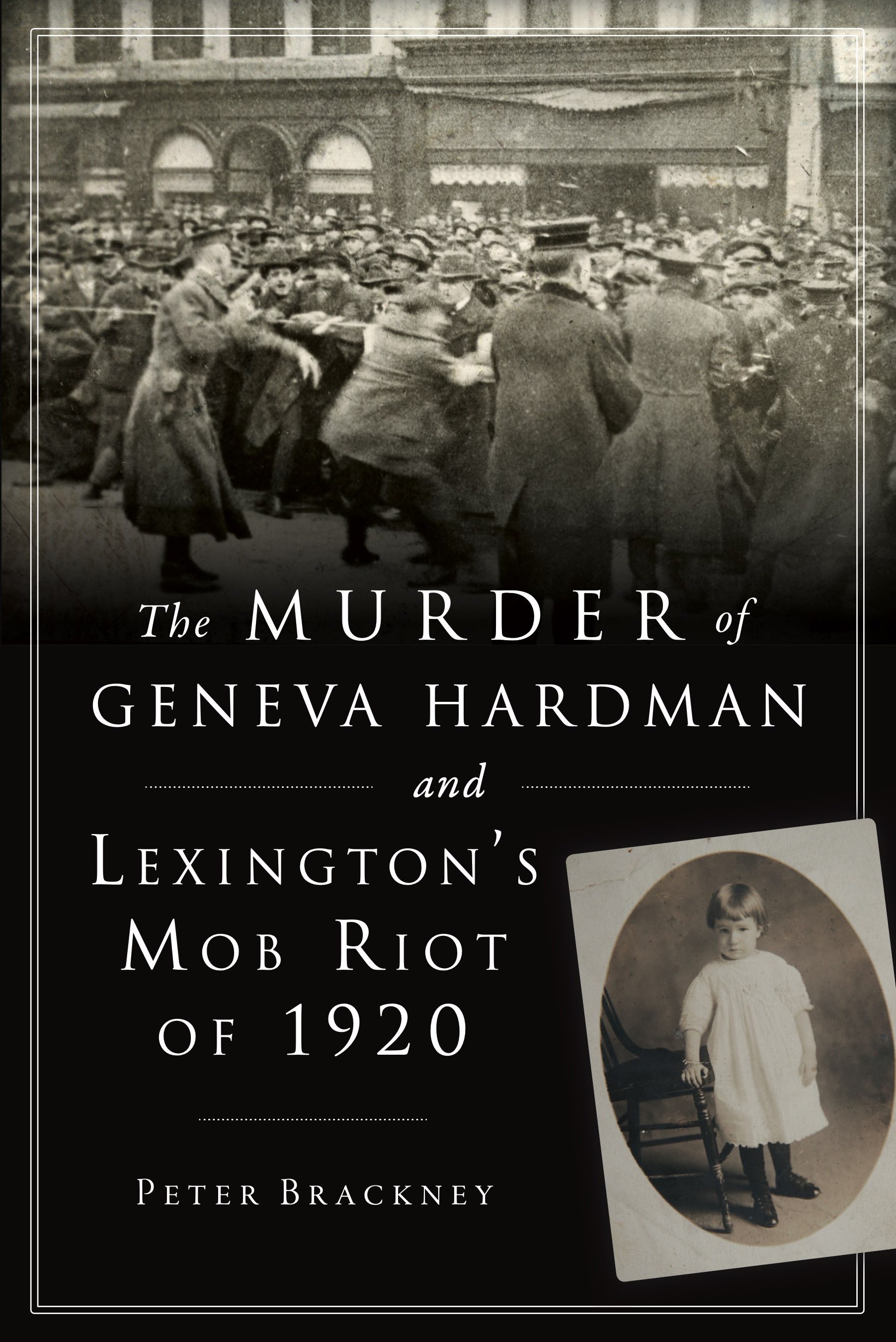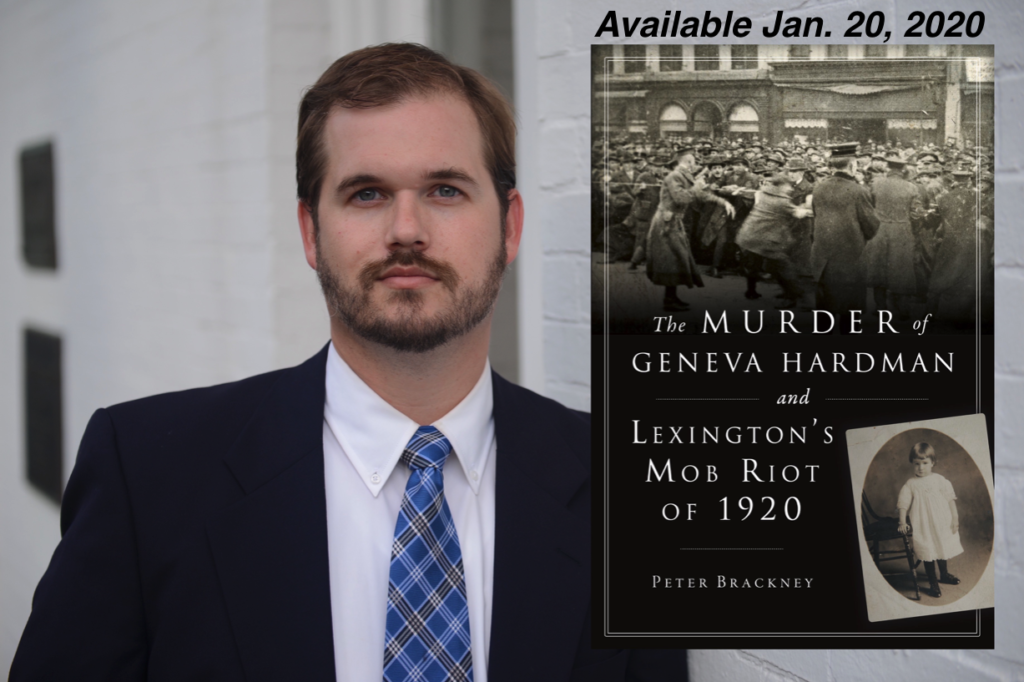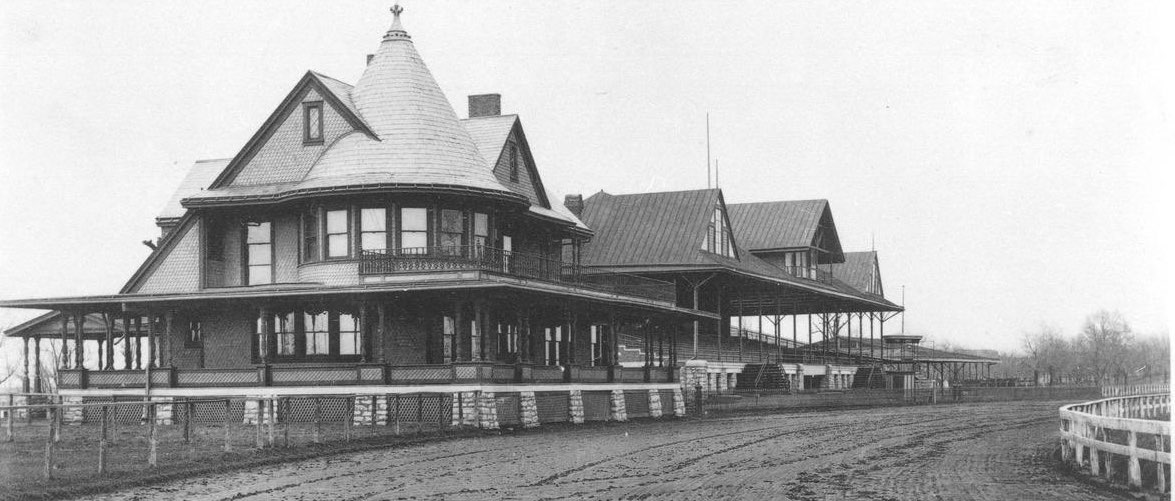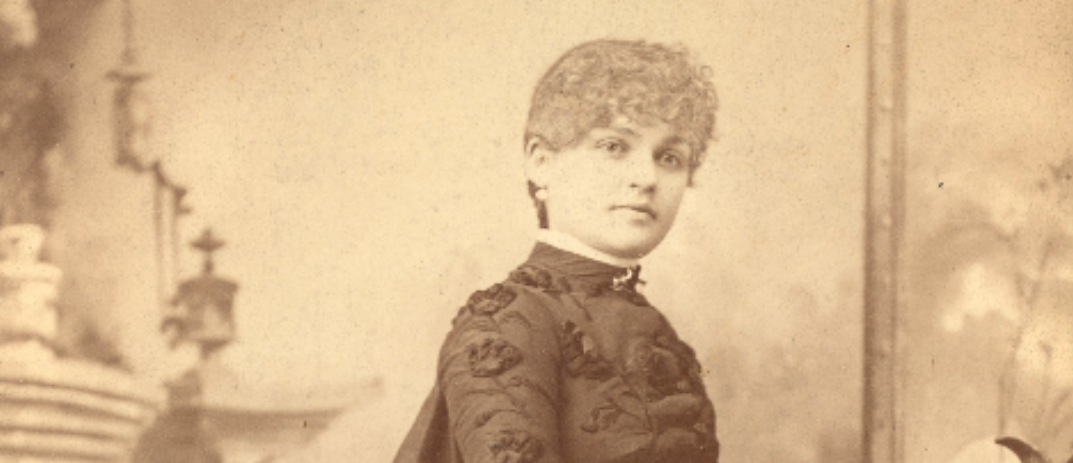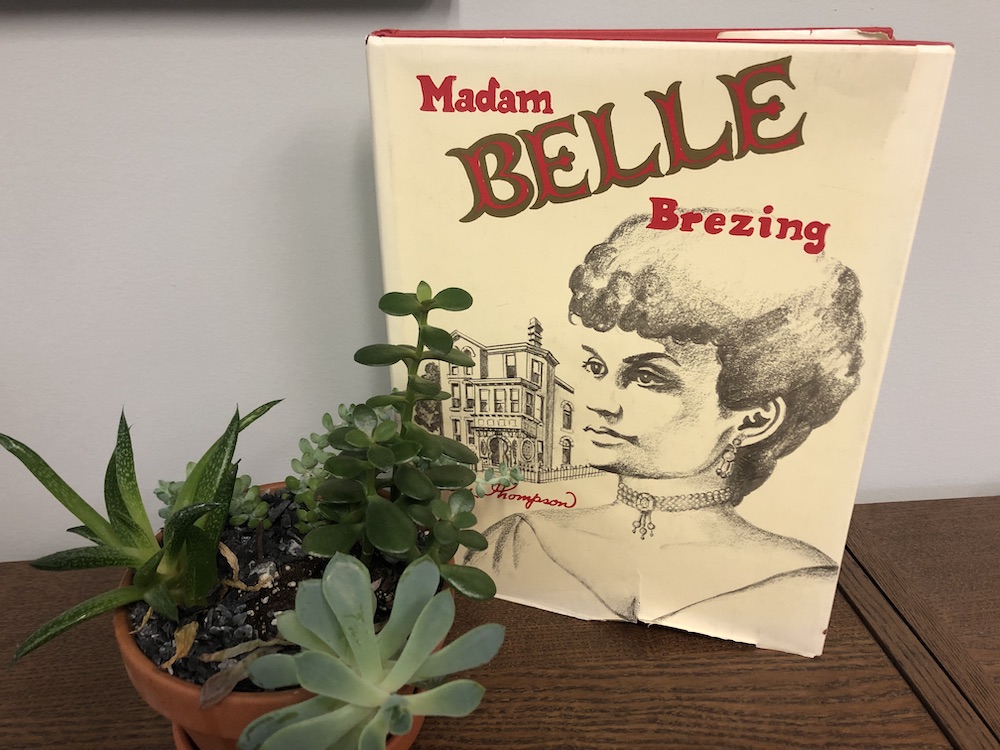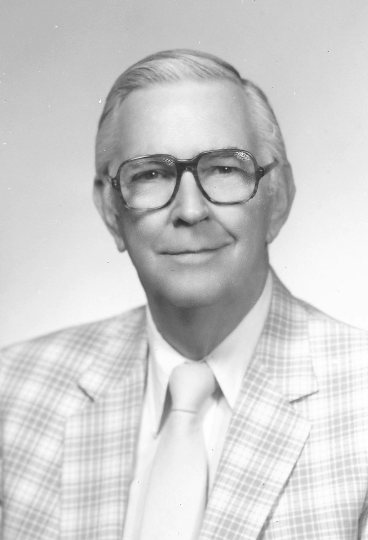Last year, I read the book Family Board Meetings which encourages one-on-one time with your kids and other important relationships. And not just time, but quality time. Uninterrupted screen time. The suggested frequency is once a quarter, or four times per year. It is frequent enough to be regular and meaningful, but not so frequent that it becomes ordinary. Over the past several months, I’ve taken a kid ice skating, laser tagging, swimming, as well as other adventures. If you are looking for a way to build on your most meaningful relationships, I’d encourage the read and (more importantly) the commitment.

My oldest’s ambitious plan for a recent board meeting was an overnight camping trip. I’ve previously been camping before, but only once have I gone tent camping beyond-the-backyard. And that was with another who was more experienced. But he wanted to and I was game, so a night at Natural Bridge was hatched.
I studied on the essentials to bring (I largely had everything and nothing missed was too important). And I reserved a spot at the Whittleton Campground. I left the office early on a Friday afternoon, picked him up, gathered the last minute supplies, and we drove to Natural Bridge State Resort Park.
Whittleton was fairly intimate and a trail (Henson’s Arch Trail) is accessible solely via the campsite. We set camp, grilled burgers, and set out on that quarter-mile trail. From the trail guide, “this short trail leads to a small but unusual limestone arch at the entrance to a cave. The cave is too small to be of much interest, but a leader lowers into a sinkhole so that hikers can appreciate the cool, damp air beneath Henson’s Arch.” It was decreed by the “Lil Kaintuckeean” as his “new favorite spot on earth.”
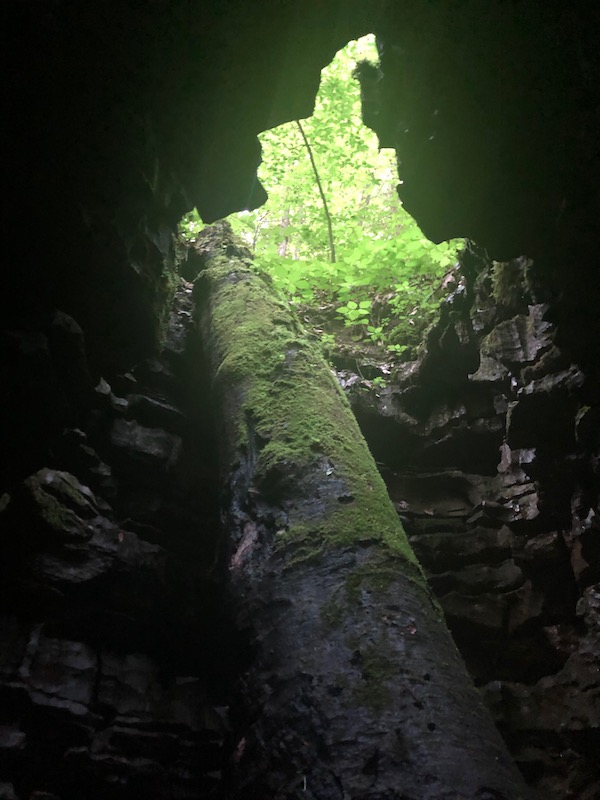
Back at the campsite, we built a fire and played a couple rounds of chess, chatted, and drank Ale 8s. As darkness set in, we turned out attention to s’mores. Later, a group of Boy Scouts arrived (lost) and I oriented them to the correct campground. (That’s right, this camping newbie got to give directions to Boy Scouts. Ha!) We continued to enjoy the fire, talking and later reading, until I began to doze off and the fire turned to embers before turning in for the night.
In the morning, I was the first (I believe) in the entire campsite to arise (5:45 a.m.). I turned my attention to first building a small fire and then continuing the book I was reading. After breakfast, we packed up the site and headed up to the trailhead at the nearby state resort lodge.
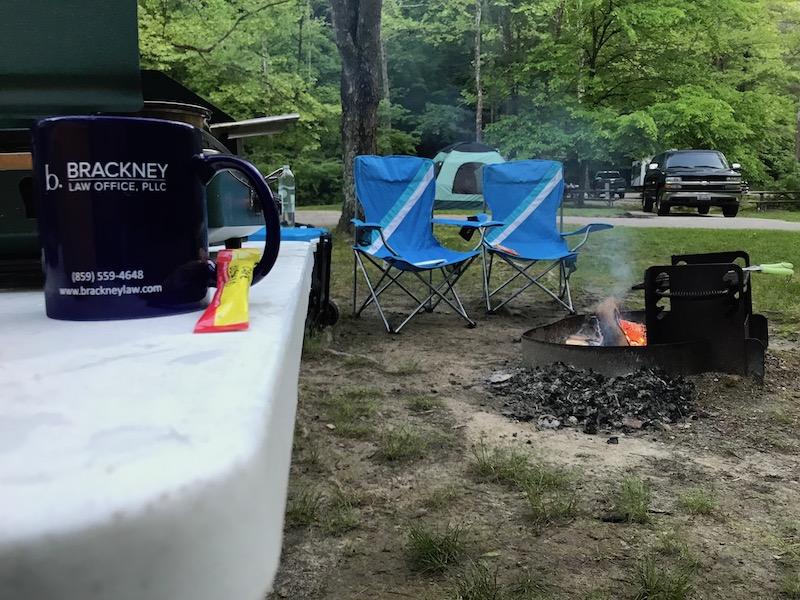
We set out first on the Battleship Rock Trail which is “the scenic route to the Natural Bridge.” We took it only part of the way, as we climbed Needle’s Eye which is one of two stairways that led to the Laurel Ridge Trail. The stairway was constructed by the Civilian Conservation Corps (CCC) in 1934 and it was steep! Once we arrived at the top, we turned to the right to see Lover’s Leap with its “commanding view of the canyon below.”
Heading back along the Laurel Ridge Trail (0.75 miles in total length) which bent around to Lookout Point, “the sandy cliff visible from the Natural Bridge.” Laurel Ridge continues around through spectacular rhododendron thickets and ends just near where the skylift deposits those seeking a less strenuous trip to the top of Natural Bridge.
Along the top of Natural Bridge we took in more of the spectacular panoramas before squeezing through the “natural fracture” affectionately referred to as Fat Man’s Misery. (While the ‘Lil Kaintuckeean did just fine in this tiny fracture of a space, I got a bit claustrophobic.
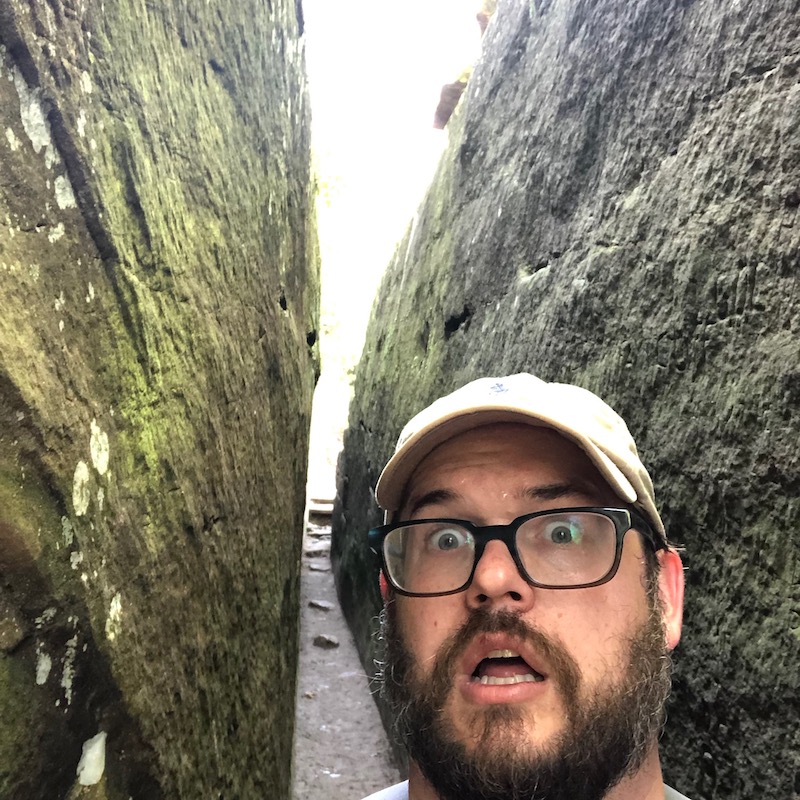
We took The Original Trail (0.75 miles) back to our starting point. The trail was built by the Lexington and Eastern Railroad in the 1890s. Because it is “the shortest and easiest trail for hiking to the Natural Bridge,” it is also one of the “most popular.” We encountered many folks heading to see the natural wonder as we descended the 500-feet or so through “an impressive forest of hemlock, yellow poplar, white pine and thickets of rhododendron.” There are four trail shelters along the path as well, two of which were built in the 1930s by the CCC.
Our morning of hiking concluded and our Board Meeting nearly over, we made it to the food destination that beckons many: Miguel’s Pizza. Recently expanded, a couple slices of their delicious pizza is exactly what is needed after a good hike.
But there are many more trails to be explored on-site and the Lil Kaintuckeean and I are already planning our return.

